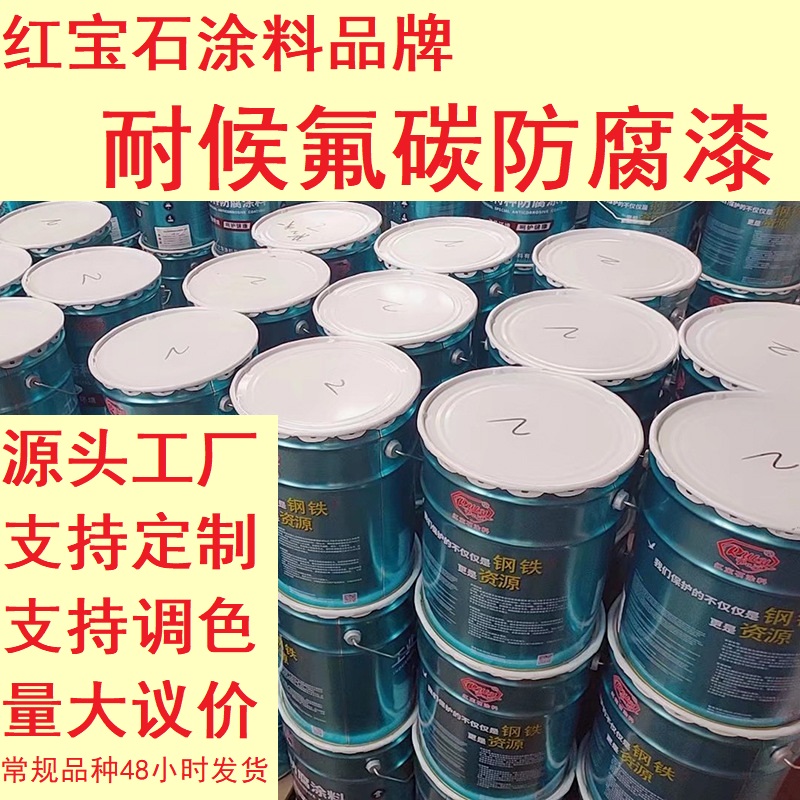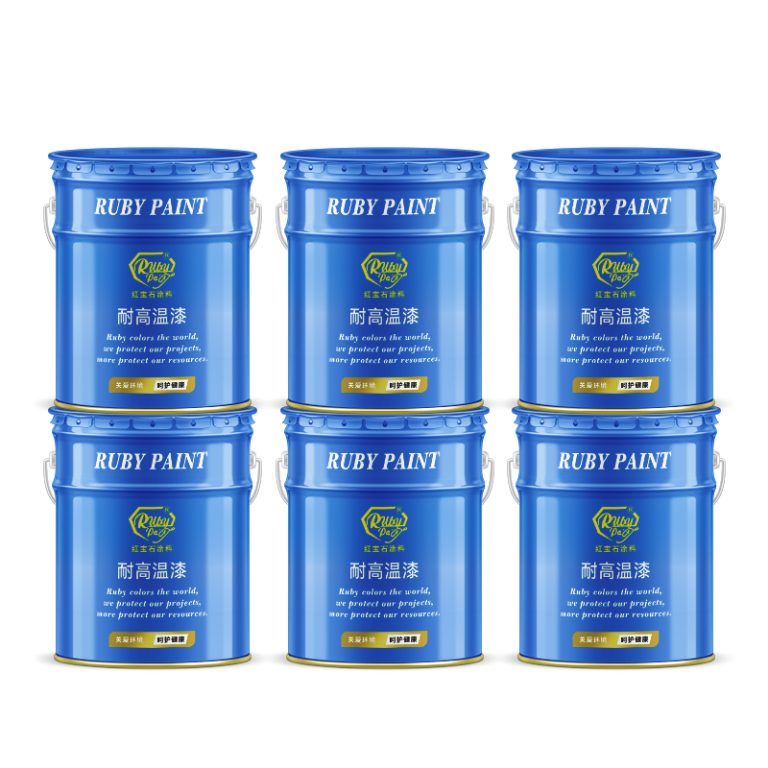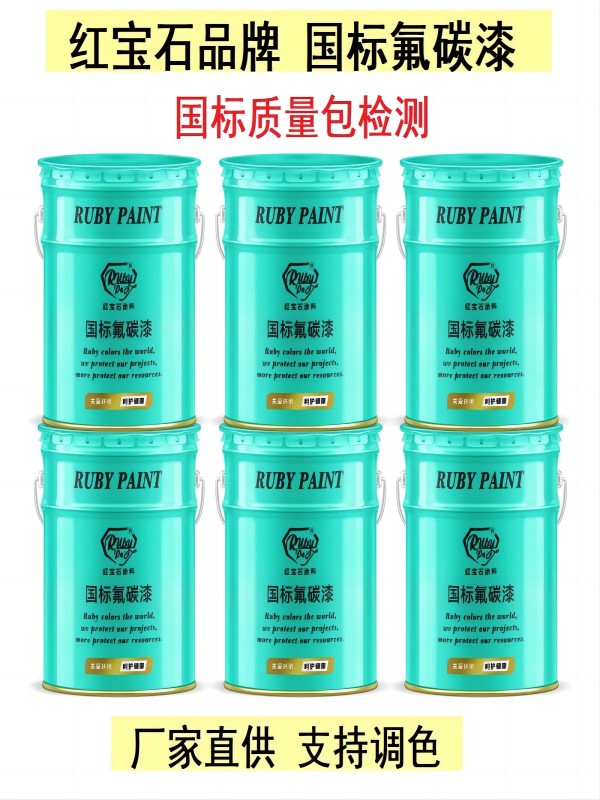Table of Contents
Benefits Of Using Green Polyurethane Paint In Sustainable Construction
Green polyurethane paint is increasingly becoming a popular choice in sustainable construction due to its numerous environmental and health benefits. As the construction industry continues to evolve, there is a growing emphasis on using materials that are not only durable and effective but also environmentally friendly. Green polyurethane paint fits this criterion perfectly, offering a range of advantages that make it an ideal choice for eco-conscious builders and homeowners.
One of the primary benefits of green polyurethane paint is its low volatile organic compound (VOC) content. Traditional polyurethane paints often contain high levels of VOCs, which can release harmful chemicals into the air during and after application. These chemicals can contribute to air pollution and pose health risks to individuals who are exposed to them. In contrast, green polyurethane paint is formulated with low or zero VOCs, significantly reducing the emission of these harmful substances. This makes it a safer option for both the environment and the people who come into contact with it.
| No. | Name |
| 1 | Industrial paint |
Furthermore, green polyurethane paint is known for its durability and resistance to wear and tear. This type of paint forms a hard, protective finish that can withstand harsh weather conditions, UV radiation, and daily wear, making it an excellent choice for both interior and exterior surfaces. The longevity of green polyurethane paint means that it does not need to be reapplied as frequently as other types of paint, which can help to reduce waste and lower maintenance costs over time.
In addition to its durability, green polyurethane paint also offers superior coverage and color retention. It is highly pigmented, which means that it can provide full coverage with fewer coats, saving time and reducing the amount of paint required for a project. Moreover, it is resistant to fading and discoloration, ensuring that surfaces remain vibrant and aesthetically pleasing for years to come. This can be particularly beneficial in sustainable construction, where the focus is often on creating buildings that are not only functional but also visually appealing.

Another advantage of green polyurethane paint is its versatility. It can be used on a wide range of surfaces, including wood, metal, and concrete, making it a flexible option for various construction projects. Additionally, it is available in a variety of finishes, from matte to high gloss, allowing builders and homeowners to achieve the desired look for their spaces. This versatility makes green polyurethane paint a practical choice for sustainable construction, where materials need to be adaptable to different uses and settings.
| No. | Products |
| 1 | Industrial paint |
Lastly, the use of green polyurethane paint can contribute to the overall sustainability of a construction project. By choosing a product that is environmentally friendly and free from harmful chemicals, builders can minimize the ecological impact of their work. This can help to promote a healthier and more sustainable built environment, which is a key goal of green construction practices.
In conclusion, green polyurethane paint offers a multitude of benefits that make it an attractive option for sustainable construction. Its low VOC content, durability, superior coverage, versatility, and contribution to environmental sustainability are just a few of the reasons why it is favored by eco-conscious builders and homeowners. As the construction industry continues to prioritize sustainability, green polyurethane paint is likely to play an increasingly important role in creating buildings that are both functional and environmentally responsible.
Comparing Traditional Paints And Green Polyurethane Paint: Environmental Impact And Performance
Green polyurethane paint is an innovative solution that addresses the environmental concerns associated with traditional paints while providing superior performance. Traditional paints, such as oil-based and latex paints, have been widely used for decades due to their durability and ease of application. However, they pose significant environmental risks due to the presence of volatile organic compounds (VOCs) and other hazardous chemicals. These substances contribute to air pollution, ozone depletion, and can have adverse health effects on humans and wildlife.
In contrast, green polyurethane paint is formulated with eco-friendly components that minimize the release of harmful chemicals into the environment. This type of paint typically uses water as a solvent instead of petroleum-based solvents, which significantly reduces the emission of VOCs. Additionally, green polyurethane paint often incorporates bio-based polyols derived from renewable resources such as vegetable oils or starches, further reducing its carbon footprint.
The environmental benefits of green polyurethane paint are clear, but it is also important to consider its performance compared to traditional paints. One of the key advantages of green polyurethane paint is its durability. The chemical structure of polyurethane forms a strong, flexible film that resists cracking, peeling, and fading. This makes it an excellent choice for high-traffic areas and surfaces exposed to harsh weather conditions. Furthermore, green polyurethane paint provides excellent resistance to chemicals, stains, and abrasions, making it suitable for industrial and commercial applications where traditional paints may fall short.
Another aspect where green polyurethane paint excels is in its application properties. It typically has a faster drying time than traditional oil-based paints, which can reduce the overall project timeline and labor costs. Additionally, the low odor and low VOC content of green polyurethane paint make it a preferable option for indoor applications, particularly in settings such as schools, hospitals, and residential homes where air quality is a concern.
Despite these advantages, it is important to acknowledge that green polyurethane paint may come with a higher upfront cost compared to traditional paints. This is due to the advanced technology and sustainable materials used in its formulation. However, the long-term benefits, including reduced environmental impact, lower maintenance costs, and potential energy savings due to its insulating properties, can offset the initial investment.
In conclusion, when comparing traditional paints and green polyurethane paint, it is evident that the latter offers a more sustainable and high-performing alternative. By choosing green polyurethane paint, consumers and industries can contribute to reducing environmental pollution while benefiting from a durable, efficient, and versatile coating solution. As awareness of environmental issues continues to grow, it is likely that the demand for eco-friendly products like green polyurethane paint will increase, further driving innovation in the coatings industry. This shift towards sustainable practices is not only beneficial for the planet but also for the health and well-being of future generations.





